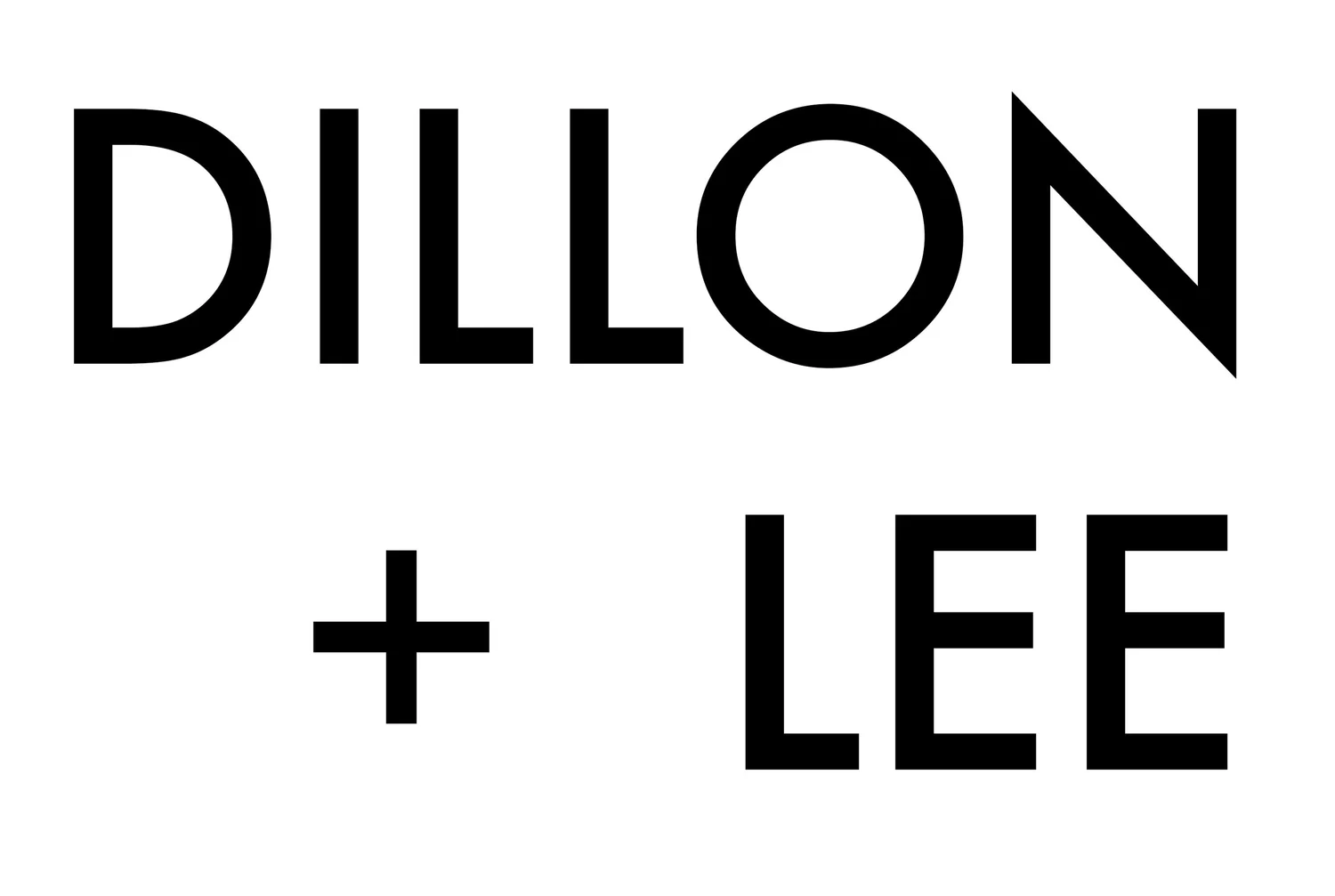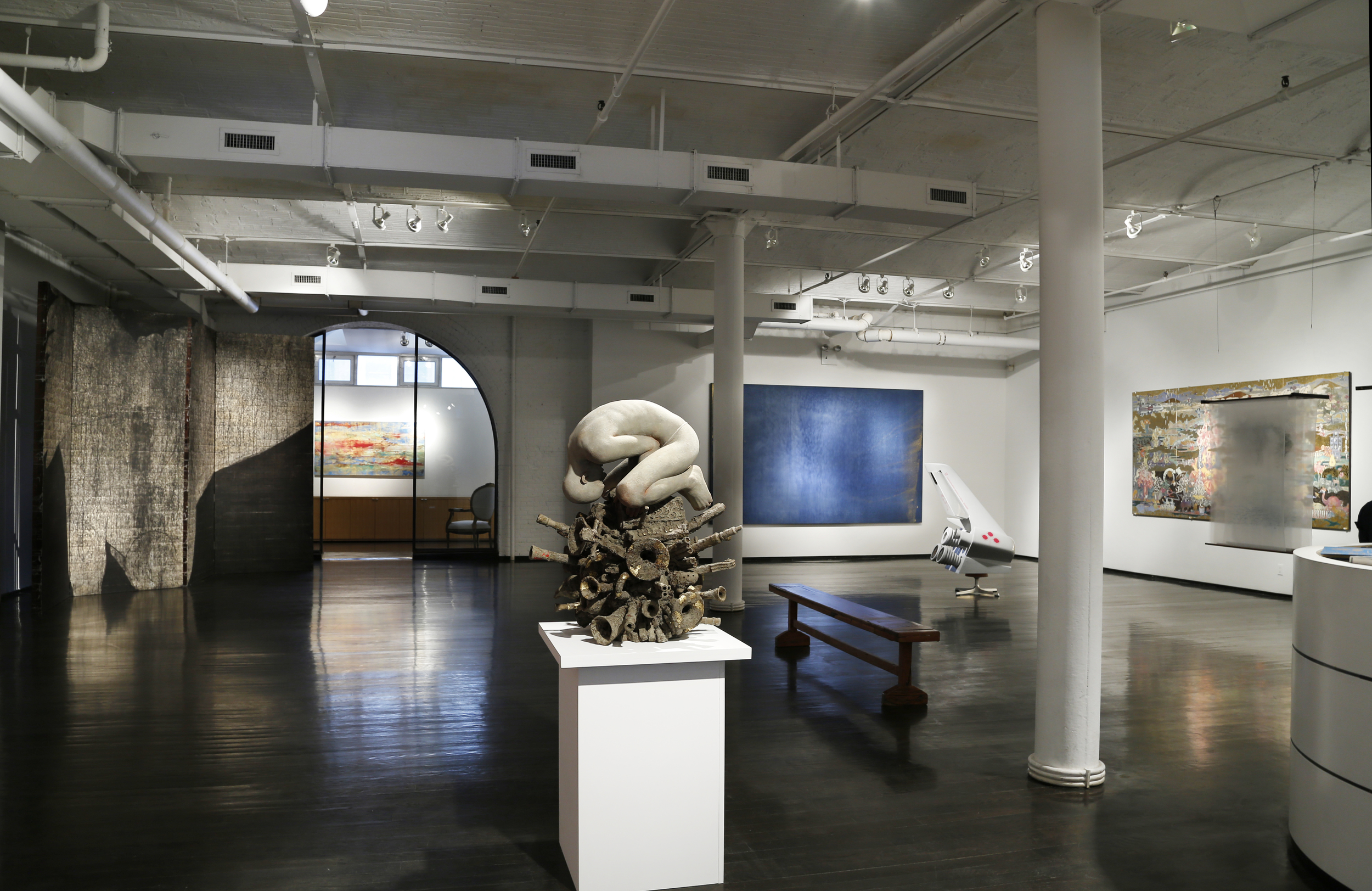
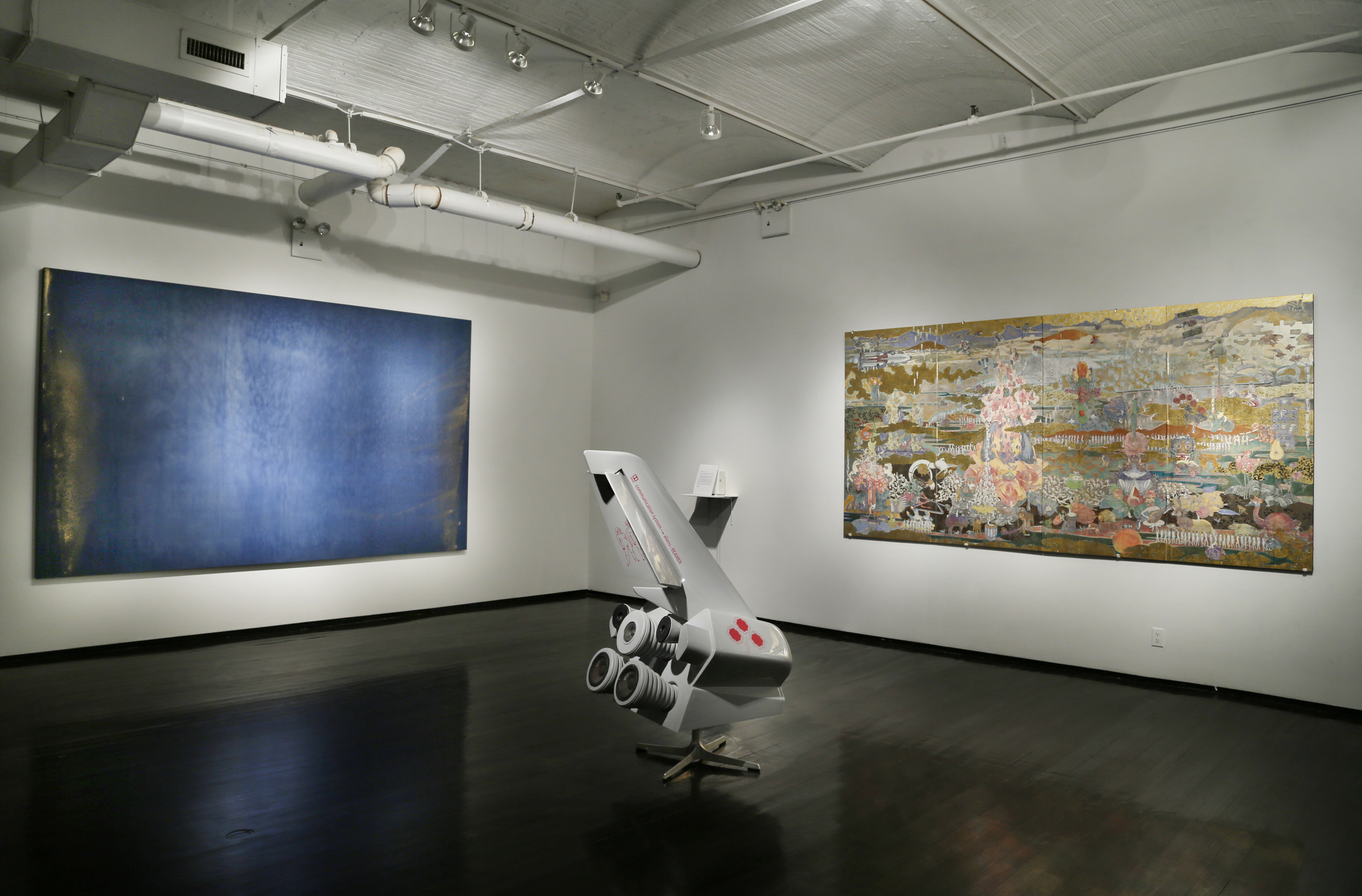
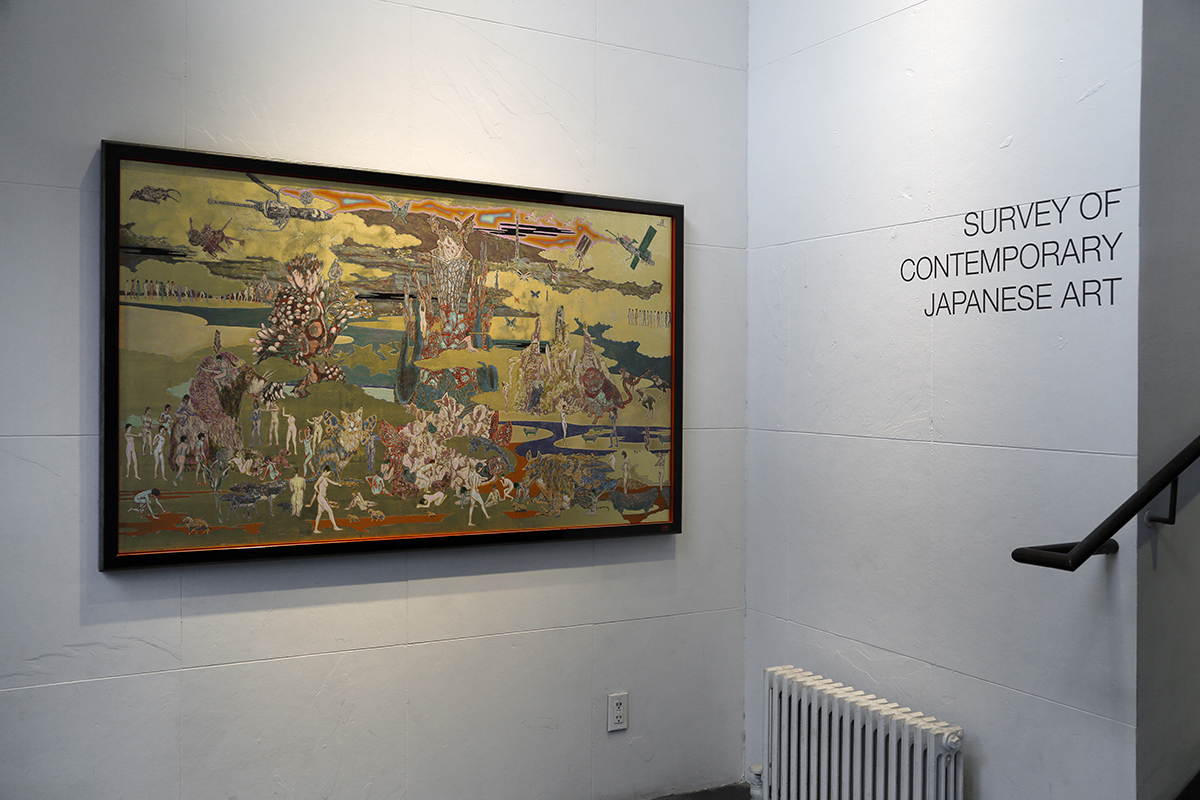
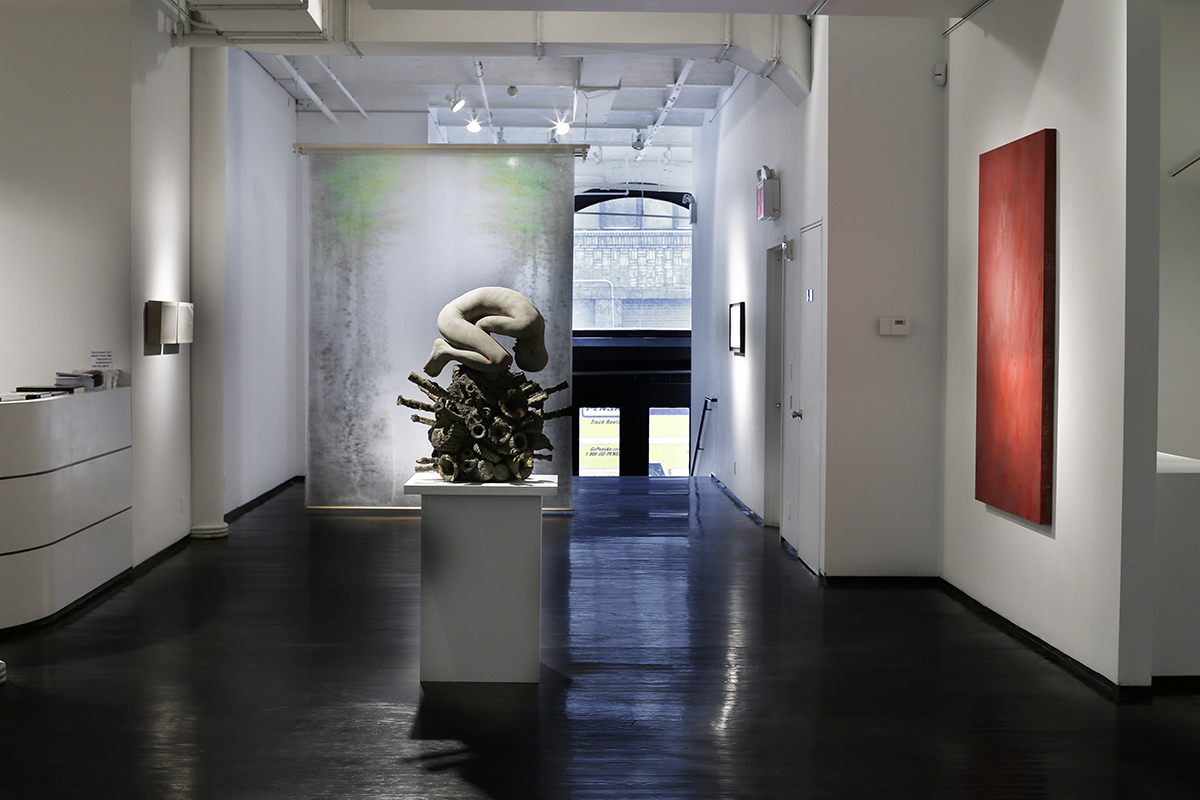
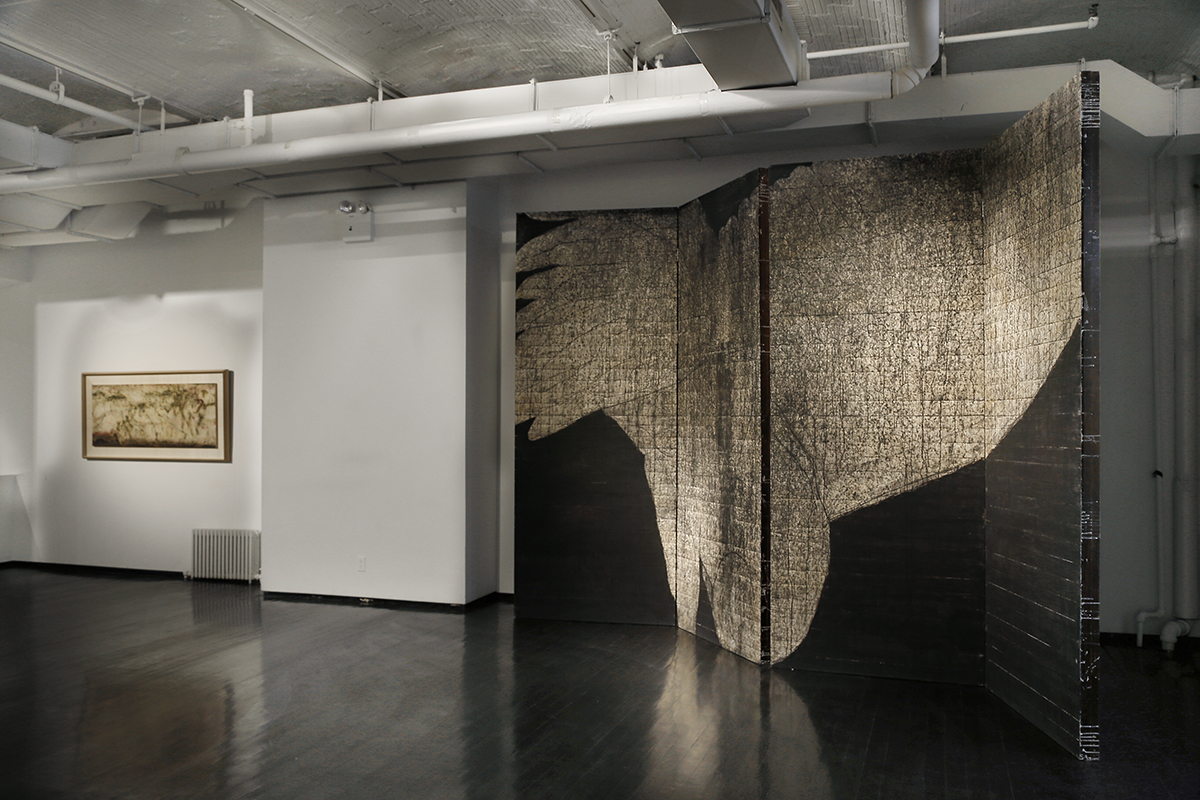
Survey of Contemporary Japanese Art
March 5 – April 11, 2015 Opening Reception March 5, 6 – 8 PM
Makoto Fujimura, Masatake Kozaki, Shinji Maeda, Kazumasa Noguchi, Keizaburo Okamura, Yuzo Ono, Norihiko Saito, Hiroshi Senju, Chie Shimizu, Tomotaka Yasui, Asami Yoshiga.
In honor of New York’s Asia Week, Dillon Gallery will present its seventh survey on contemporary Japanese art. The exhibition will feature works by contemporary artists from Japan, highlighting broad artistic strategies. Finding a progressive way to pay homage to their heritage, artists included in this exhibition expand the expressive vocabulary found within the current language of Neo-Nihonga (Japanese-Style Painting). This exhibition will explore the reinvigorated style, how it is shaping the aesthetics and the materials with a fresh and startling reinterpretation.
Nihonga is a technique whose roots extend back more than a thousand years. The term was created in the 19th century to distinguish traditional painting methods from Western-influenced art. Neo-Nihonga represents a revival within the next generation of artists. Its practitioners incorporate time-honored materials such as silk, rice-paper, ground semi-precious minerals, as well as gold and silver leaf into their works while incorporating developments that inform their approach, ulitlizing some honored techniques while discarding others. The most recent generation of Neo-Nihonga artists have readapted the style in an attempt to change the way the practice is used in the contemporary idiom. The artists selected for this exhibition have each found a stylistic approach that is as powerful as it is contemporary.
The most recognized of the current generation of artists represented in this exhibition, include Makoto Fujimura, Keizaburo Okamura, Norihiko Saito, and Hiroshi Senju. All of them studied directly with renowned artists of the previous generation at The Tokyo National University of Fine Arts and Music (created in the late-nineteenth century to supplant the endangered master-apprentice tradition, The University has included major figures such as Matazo Kayama, Takashi Murakami and Cai Guo-Qiang). Fujimura, Saito, and Senju, the masters of the group, craft an atmosphere of ethereality in their work, creating translucent abstractions. Using large swathes of vibrant color, Fujimura creates a sense of depth and movement. Okamura celebrates nature and the Edo era Buddhist mysticims on monumental burnt cedar panels. Norihiko Saito considers his work to be analogous with the aesthetic of the ancient poems of Heian Era (794 – 1185), art bringing ancient poems to light. He does not attempt to draw directly from the landscape or object before him, but instead makes his works purposefully ambiguous in order to allow the viewer to use their own interpretations from memory. Taking his subject from a work by Chinese poet T'ao Yuan-ming (365-427)’s Tougen, Kozaki shares his vision of utopia, which includes unusual creatures inhabiting a bizarre and vast expanse of space. Yoshiga builds up the pigment layers on tetron fabric to expose subtle tonal variations incorporating light to the medium itself. Yoshiga’s semi-transparent compositions possess a modern monumentality that has reinvigorated the style. Chie Shimizu often uses Japanese mythology, old parables, and philosophical text, including traditional and modern performances and ceremonial events. The painting technique she uses on her sculptures is Japanese traditional painting. Using rabbit skin glue mixed with a seashell powder called “Gofun,” she creates a shell-like surface distinct from other paint finishes. Powdered pigments of many layers are added after the base coat of Gofun, along with gold, platinum, white gold and silver leaf. Shinji Maeda and Kazumasa Noguchi have taken a more radical departure in order to capture and respond to a changing Japanese aesthetic that reaches into the global conversation.
